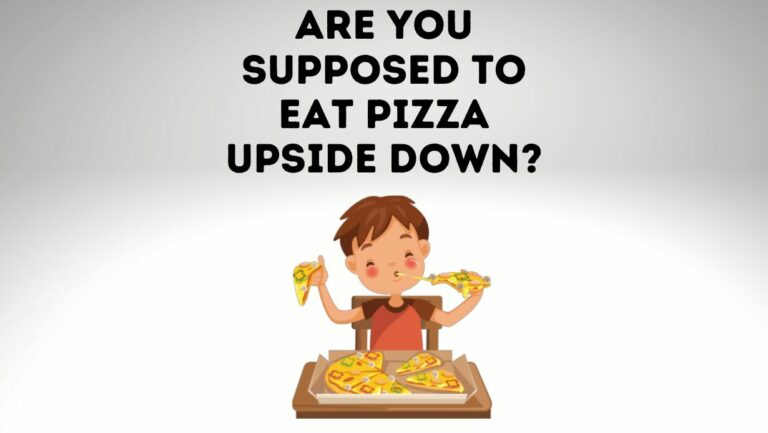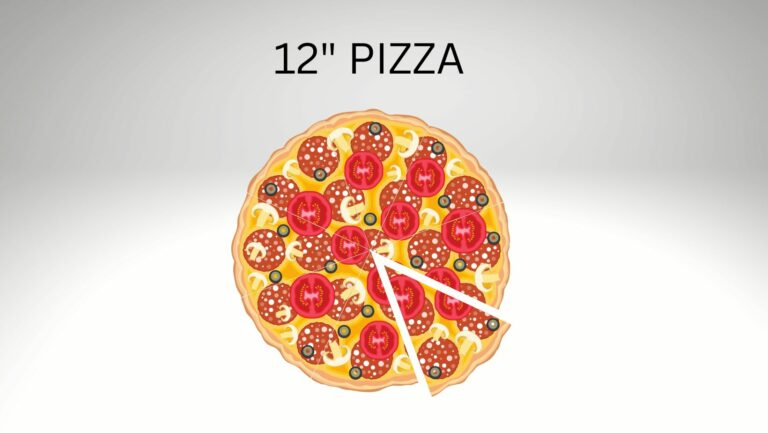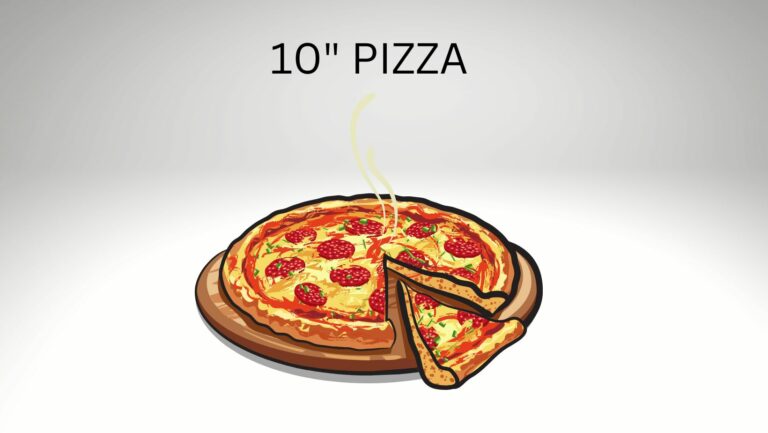
Pizza is a beloved and ubiquitous food around the world, but it has also been the subject of a heated debate over its classification as is pizza a vegetable or fruit. The controversy stems from the use of tomato sauce in pizza, which some argue makes it a vegetable due to the inclusion of tomatoes and other vegetable toppings.

On the other hand, others argue that tomato sauce is derived from a fruit, making pizza a fruit. This debate has sparked controversy and confusion, with many people wondering whether pizza can truly be considered a healthy food choice. In this blog post, we will explore the arguments for and against classifying pizza as a vegetable or fruit and examine the implications of this debate for food labeling and nutrition policies.
Ultimately, we will provide a nuanced approach to discussing the nutritional value of pizza and other foods, highlighting the importance of informed and balanced discussions about food and nutrition.
The Vegetable Argument
The vegetable argument is one of the main points of contention in the debate over whether pizza can be considered a healthy food option. Proponents of the vegetable argument argue that pizza can be classified as a vegetable due to the presence of tomato sauce and other vegetable toppings.
One of the historical and legal backgrounds of this argument dates back to 1981 when the Reagan administration proposed a plan that would have classified ketchup as a vegetable in school lunches. The plan was eventually scrapped after facing widespread criticism. However, the precedent was set that tomato sauce, which is made from tomatoes, could be considered a vegetable.
In terms of nutritional value, pizza can actually be a good source of several important vitamins and minerals. For example, the tomato sauce used in pizza is high in vitamin C, which is important for a healthy immune system. Additionally, toppings such as mushrooms, onions, and peppers can provide a good source of fiber and other nutrients.
While it is true that pizza can be high in fat and calories, especially when it is loaded with cheese and meat toppings, it is important to note that pizza can still be a part of a balanced diet when consumed in moderation. By choosing healthier toppings and opting for a thinner crust, pizza can provide a satisfying and nutrient-rich meal option.
However, the vegetable argument for pizza can be a valid one, as tomato sauce and other vegetable toppings can provide important nutrients for a balanced diet. However, it is important to consider the overall nutritional content of pizza and make informed choices about toppings and portion sizes to ensure that it is a healthy addition to a diet.
The Fruit Argument
Another argument that has been presented in the debate over whether pizza is a vegetable or fruit is the fruit argument. This argument is based on the fact that the tomato sauce used in pizza is derived from a fruit. Botanically speaking, a fruit is defined as the mature ovary of a flowering plant, usually containing seeds. Therefore, tomatoes are classified as a fruit, not a vegetable.
This argument has some scientific merit, as tomatoes are indeed a fruit according to botanical classification. However, the classification of tomatoes as a fruit does not necessarily mean that pizza as a whole should be classified as a fruit.
If we were to classify pizza as a fruit, it could have implications for food labeling and nutrition policies. For example, if pizza were considered a fruit, it might be subject to different regulations regarding sugar content, as many fruits are naturally high in sugar. This could lead to confusion for consumers and possibly even unintended consequences for public health.
Furthermore, the classification of pizza as a fruit could also have implications for how we think about and categorize other foods. If we start classifying foods based solely on their botanical classification, we could end up with a system that does not accurately reflect their nutritional value or culinary use.
Ultimately, while the fruit argument has some scientific merit, it is important to consider the broader implications of classifying pizza as a fruit before making any definitive statements. It is also worth noting that the debate over whether pizza is a vegetable or fruit may be a false dichotomy, and that there may be other ways to think about the nutritional value of pizza and other foods that do not rely on these classifications.
The Outcome
The debate over whether pizza is a vegetable or fruit has been a long-standing controversy, with both sides presenting compelling arguments. However, it’s important to note that this debate may be a false dichotomy. Rather than classifying pizza as either a vegetable or fruit, we can take a more nuanced approach to discussing the nutritional value of pizza and other foods.
When we examine the arguments presented, we can see that the vegetable argument focuses on the vegetable toppings and tomato sauce in pizza, which can provide essential vitamins and minerals. On the other hand, the fruit argument focuses on the fact that the tomato sauce is derived from a fruit. Both arguments have merit, but they don’t necessarily have to be mutually exclusive.
Instead of classifying pizza as a vegetable or fruit, we can acknowledge that it contains both vegetable and fruit components. By doing so, we can have a more nuanced discussion about the nutritional value of pizza and how it can contribute to a balanced diet.
Furthermore, it’s important to note that the nutritional value of pizza can vary depending on the type of crust, toppings, and preparation methods used. For example, a thin-crust pizza with vegetable toppings may be a healthier option than a deep-dish pizza with meat and cheese.
Rather than focusing solely on whether pizza is a vegetable or fruit, we can also consider other factors such as portion sizes, frequency of consumption, and overall dietary patterns. It’s possible to enjoy pizza as part of a balanced diet, but moderation and balance are key.
Moreover, while the debate over whether pizza is a vegetable or fruit may be interesting, it’s not necessarily productive or necessary. By taking a more nuanced approach to discussing the nutritional value of pizza and other foods, we can make informed decisions about our diets and health.
FAQs: Is Pizza a Vegetable or Fruit?
Why is pizza classified as a vegetable?
Contrary to popular belief, pizza is not classified as a vegetable. However, there was a time when the US government proposed a bill that aimed to make pizza qualify as a vegetable in school lunches. The bill proposed that a slice of pizza would count as a serving of vegetables because of the tomato paste used in the sauce. This proposal was met with a lot of criticism, with many people arguing that pizza should not be considered a vegetable. The bill was eventually scrapped, and pizza remains categorized as a junk food rather than a vegetable.
What food group is a pizza in?
Pizza is made up of several food groups, making it difficult to classify it into just one category. The crust of a pizza falls into the grains group, while the cheese falls into the dairy group. The tomato sauce used in pizza contains vegetables, which means that pizza can also be considered as part of the vegetable group.
Does the US consider pizza a vegetable?
It’s a common misconception that the US government has officially classified pizza as a vegetable. However, this is not true. While there was a proposal to make pizza qualify as a vegetable in school lunches, it was never officially passed, and pizza remains categorized as a junk food.

Handsomepizza.com is the brainchild of two pizza-obsessed friends who wanted to share their love of pizza. We are dedicated to bringing you the latest news, reviews, and insights on pizza.






